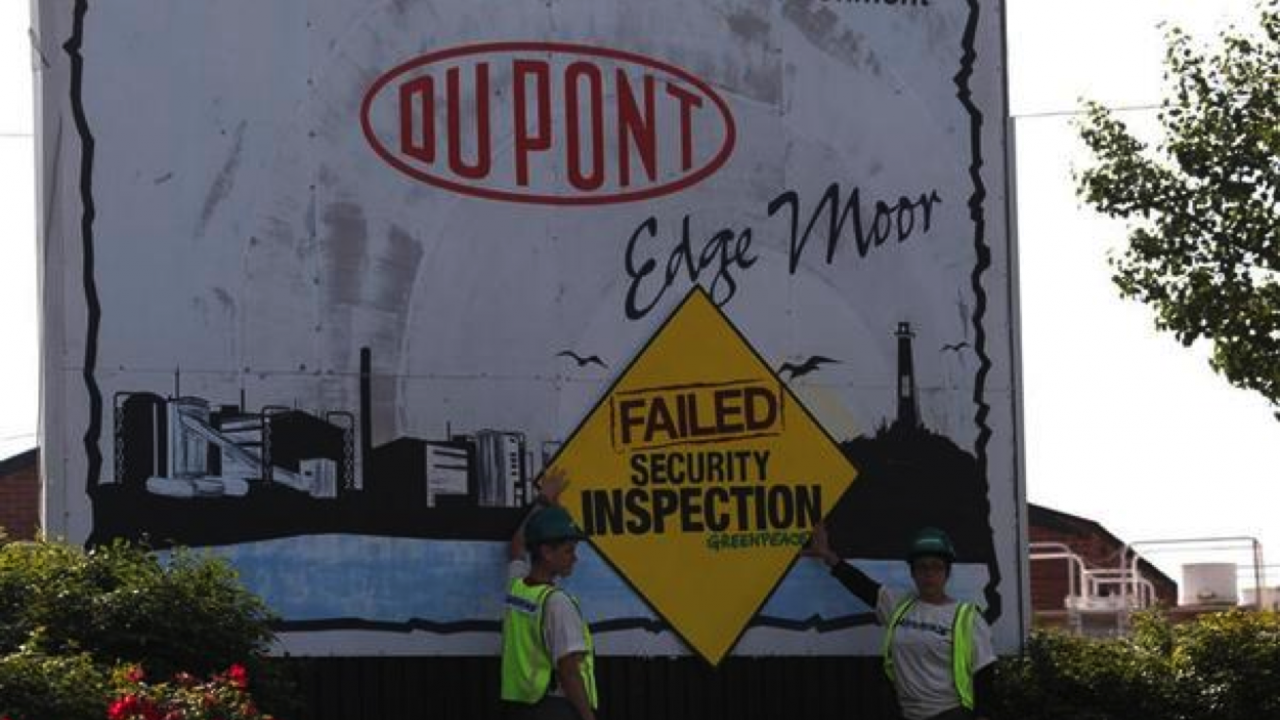
Millions of Americans live and work every day near high-risk chemical facilities with the potential to kill and injure workers and residents. This reality became all too vivid last spring when a West, Texas fertilizer plant explosion killed 15 people.
There are more than 12,000 chemical plants that put people at risk with large amounts of chemicals, and 89 of those endanger more than 1 million people. Unfortunately, those most at risk in the examples below live in low-income communities of color.
12. Houston Texas: South Houston Wastewater Treatment Plant
The Houston area has more than 40 high-risk facilities, including more than 20 that put at least a million people at risk, and another 20 that put at least 100,000 people at risk in the event of an accidental chemical release. South Houston Wastewater Treatment Plant is one of these facilities. The plant uses sulfur dioxide and chlorine gas to treat wastewater and puts 140,000 people within 3.1 miles at risk of harm.
11. Hampton, GA: KIK Georgia LLC
Located just south of Atlanta, this plant produces liquid bleach and endangers 370,000 people within 14 miles.
10. Albuquerque, New Mexico: DPC Industries, Inc
550,000 people are at risk from this facility’s storage and use of chlorine to manufacture liquid bleach.
9. Edgemoor, Delaware: Dupont Edgemoor Facility
This is one of 11 facilities in the area that endanger at least 200,000 people and often more than 1 million. This Dupont plant manufactures titanium dioxide for paper products, and endangers 660,000 people.
8. New Orleans, LA: Carrolton Water Purification Plant
This facility treats drinking water with chlorine, and is one of 11 in the New Orleans area endangering residents. This particular facility’s bulk use and storage of chlorine puts 900,000 people at risk.
7. Seattle, Washington: Pioneer Americas Tacoma Bleach Plant
This Washington plant manufacturers liquid bleach and endangers 900,000 people within 14 miles.
6. Chicago, Illinois: Pelron
One of a dozen high-risk facilities in the area, Pelron uses ethylene oxide to produce chemicals for products such as foam mattresses, insulation and carpet padding. The use and storage of ethylene oxide at this facility endangers 1.6 million people.
5. Detroit, Michigan: Detroit Chlorination/Dechlorination Facility
Treating wastewater with chlorine and sulfur dioxide, this Detroit facility puts 2.1 million people at risk with 16 miles.
4. Philadelphia, Pennsylvania: Trainer Refinery
The Trainer Refinery in Pennsylvania uses hydrofluoric acid to refine crude oil into gasoline. The facility puts 2.4 million people within 19 miles at risk in the event of an accidental chemical release.
3. Paulsboro, New Jersey: Paulsboro Refining Company
The Paulsboro Refining Company uses hydrofluoric acid to refine crude oil into gasoline therefore putting 3 million people at risk.
2. Los Angeles, California: KIK SoCal Inc.
One of a dozen high-risk chemical facilities in the Los Angeles area, this plant puts more than 4.9 million people at risk.
1. New York City & Newark, New Jersey: Kuehne Chemical Company
The most dangerous chemical facility in the country, this plant manufactures liquid bleach and endangers 12 million people.
The good news is that these Americans don’t have to be at risk. Not only are there alternatives to the hazardous chemicals used in these facilities, these facilities can adopt stricter safety measures.
President Obama recently issued a directive to the Environmental Protection Agency (EPA) to develop plans for new safety measure at chemical plants by November.
P.S. Find out if you live near a high-risk chemical plant.



